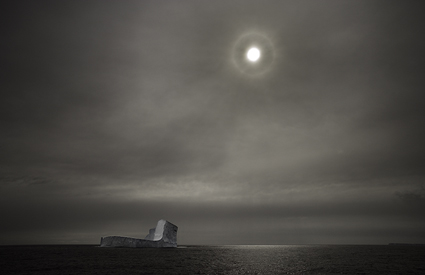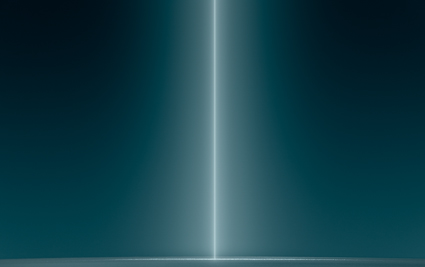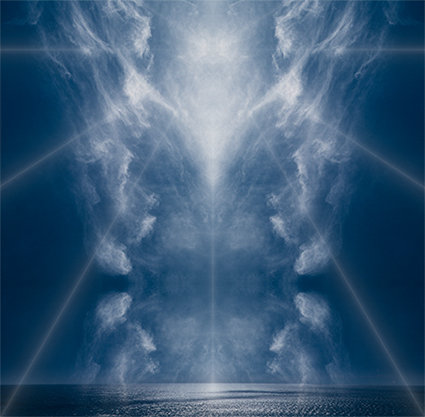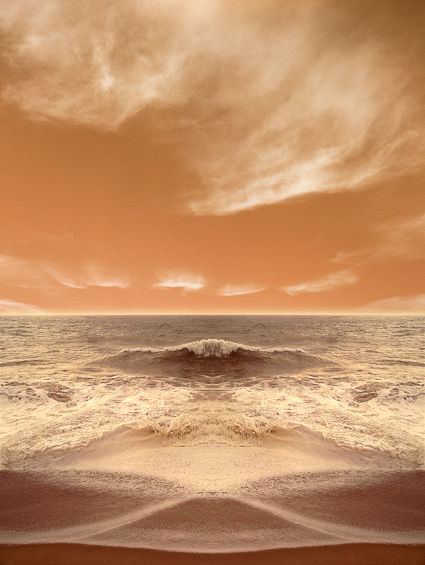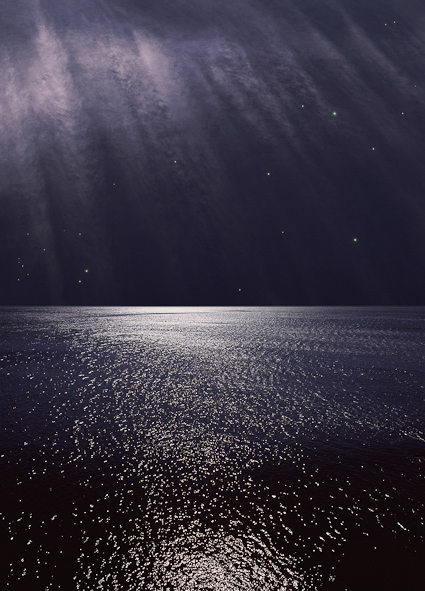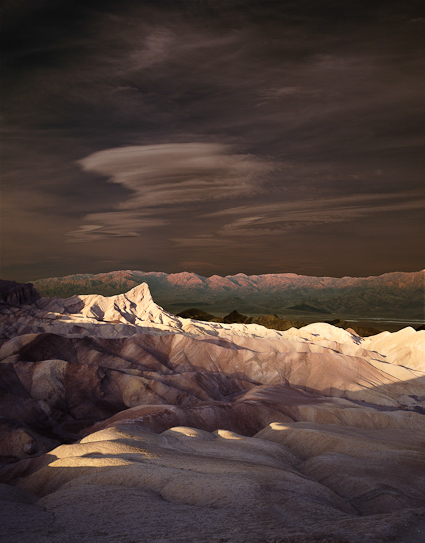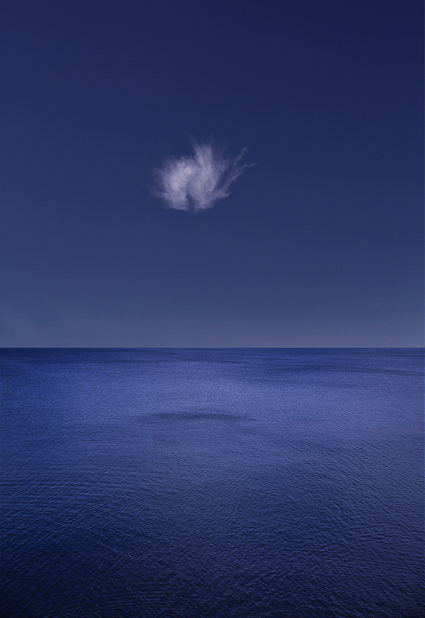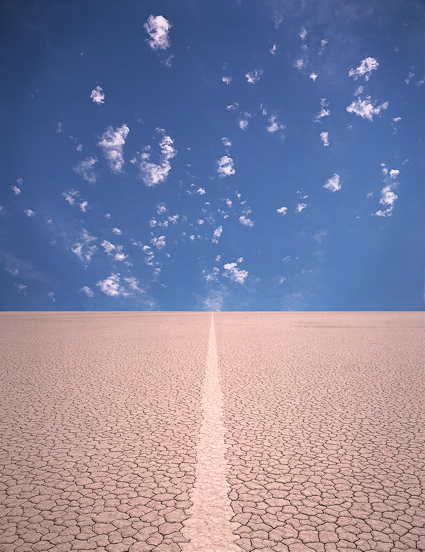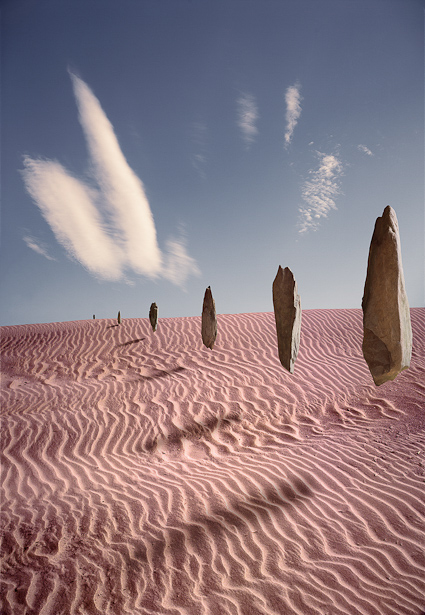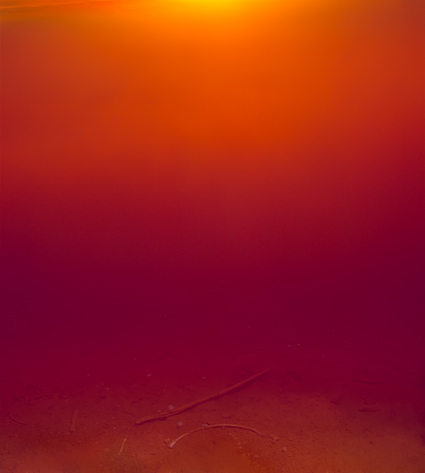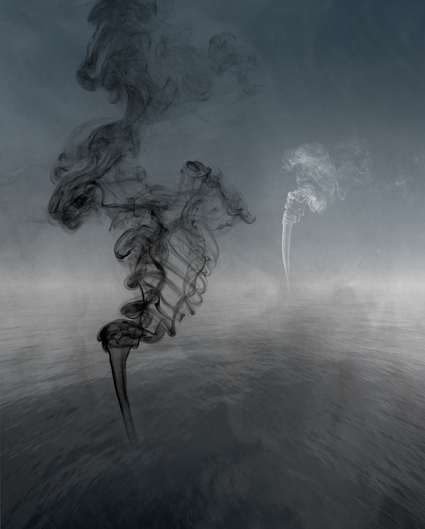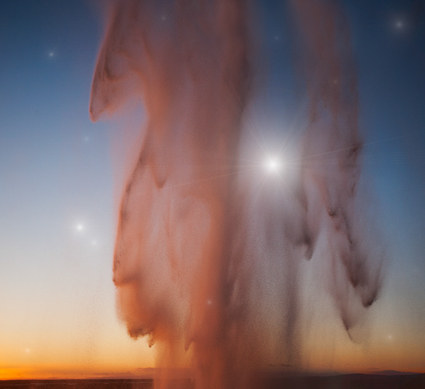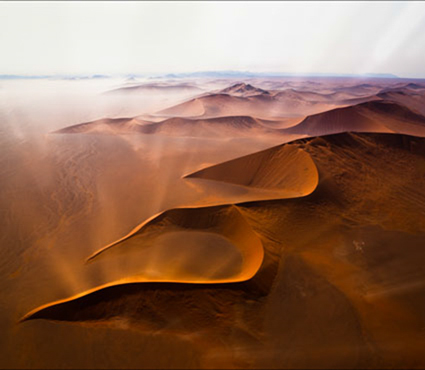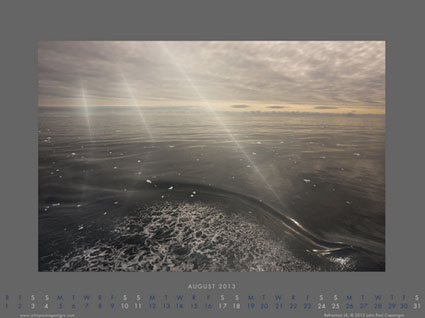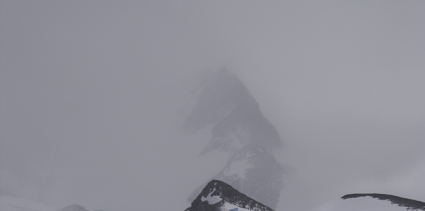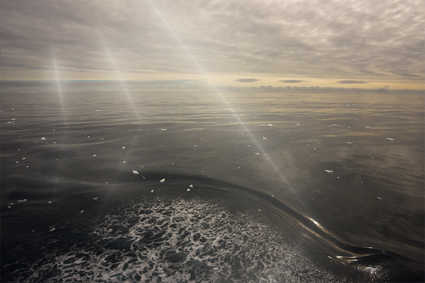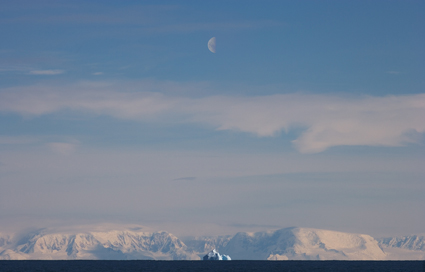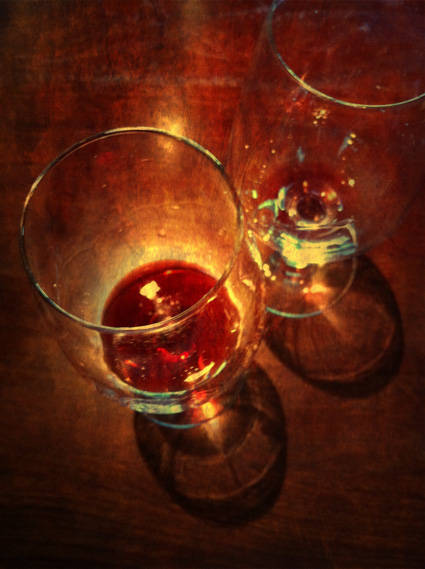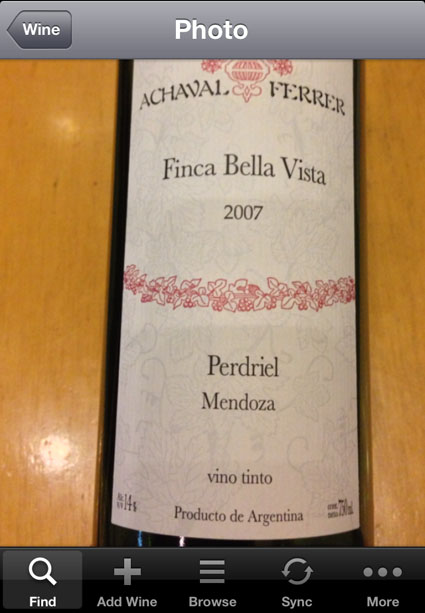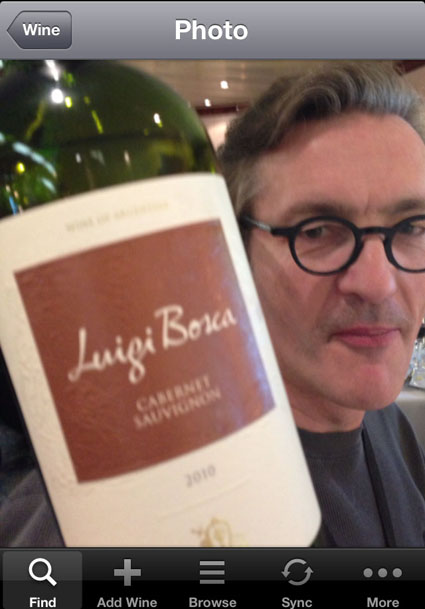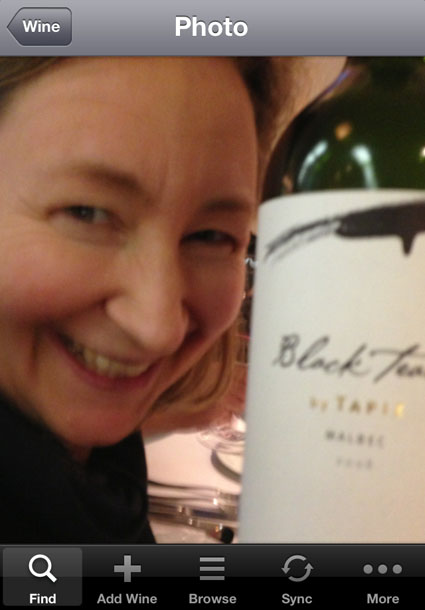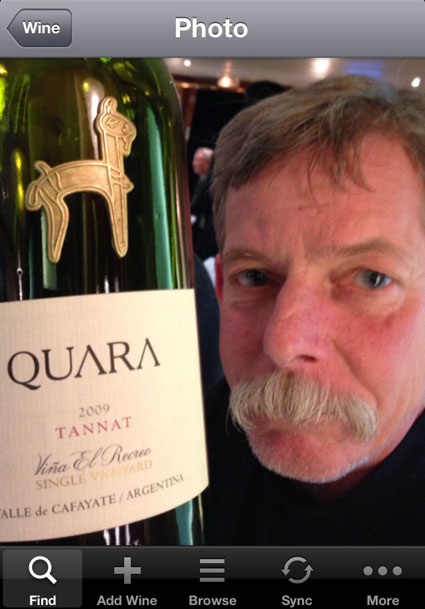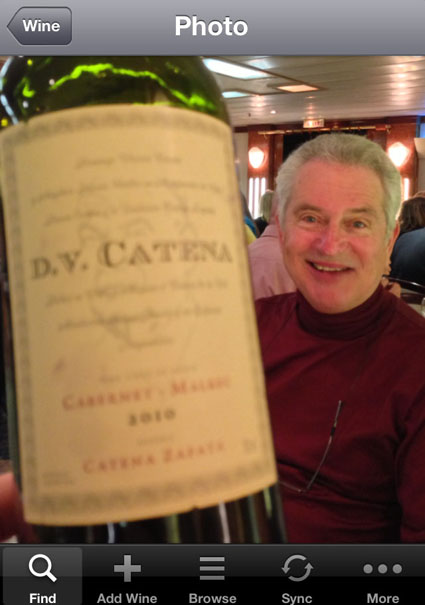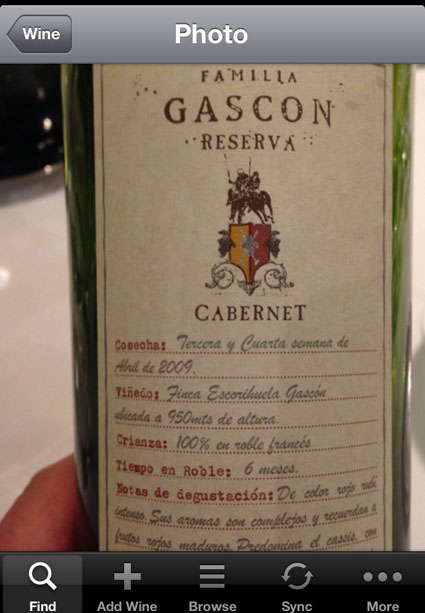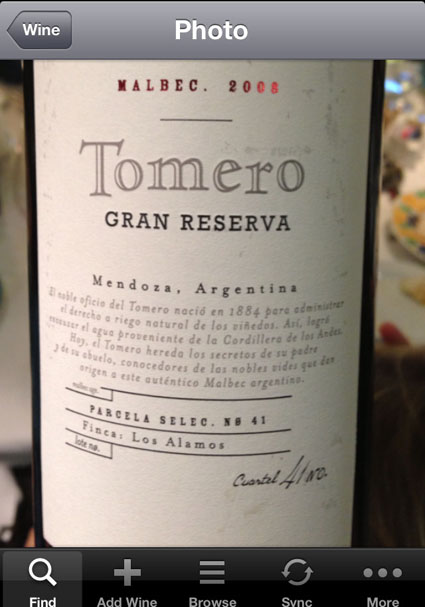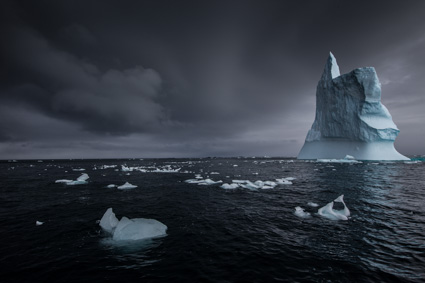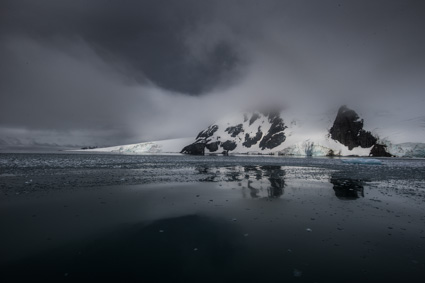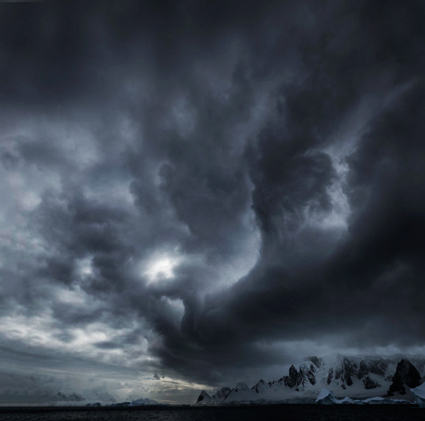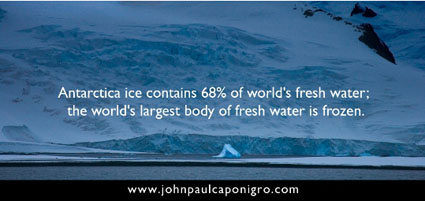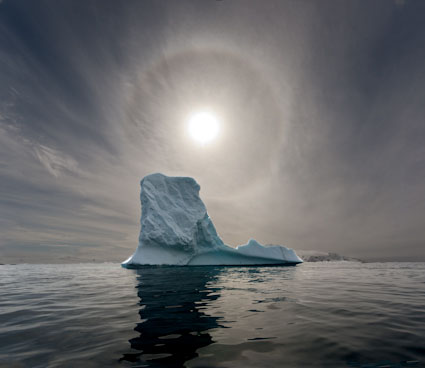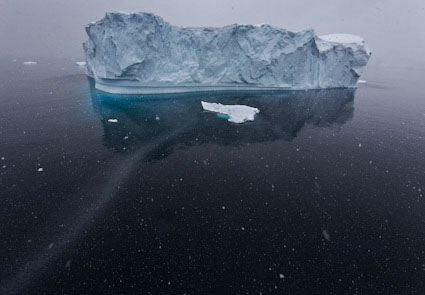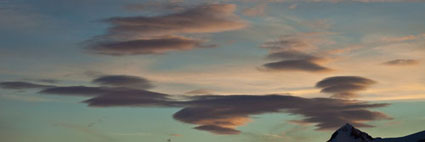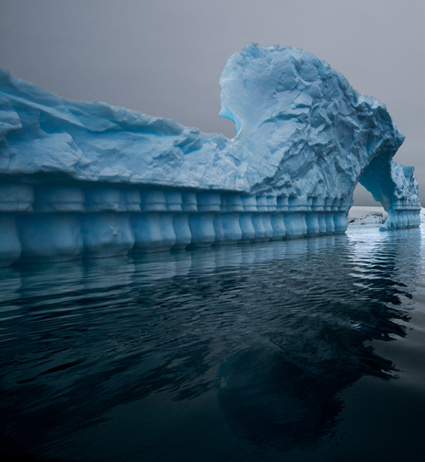Stay Alert -The Story Behind The Photograph
Antarctica III, The Southern Ocean, Antarctica, 2005
I’d been scanning the iceberg struck horizon for hours when suddenly the clouds grew thin enough to let the sun through for a brief moment. The sun and the light it cast on the surface of the water completed the picture. It was there only for a moment. And then it was gone.
There are so many moments like this in life. In these times, there’s a narrow window of opportunity and only those who stay alert recognize them and are able to take full advantage of them. Of course it helps to have the right tools for the job and solid training, good instincts, and fast reflexes. But none of these will do you any good if you aren’t aware enough to recognize the many opportunities before you.
Photography (and its extension in motion pictures), relies on the power of the moment more than any other medium. Sure music, dance, and theater also require precise timing, but the moments they present can be created and recreated. You can practice until you get the moment right. But with the historical photographic moment, you get one chance and then it’s gone.
To be sure, not all moments are equally fleeting. Some moments last longer than others. And certain events do reoccur more than once and even recur repeatedly. Sometimes you do get more than one chance. Sometimes you don’t. It helps to know how long a window of opportunity you have and if you’ll get another chance. When you do have more than one chance, depending on how much time you have between each recurring event, you may find it time well spent to observe carefully on your first opportunity before acting on your next opportunity. This is perhaps the best preparation of all. When you won’t have another opportunity, you need to think fast and when you don’t have time for that you need to trust your instincts. No matter how many opportunities you have, to succeed you need to stay alert.
Maintenance is key. It’s harder to stay alert if you don’t take care of yourself. Sleep, diet, and exercise all contribute to your being. (And never underestimate the power of motivation.) Start with the basics, but don’t stop there.
Just as you can practice to hone your reflexes, there are things you can do to develop your awareness, such as studies and meditations – and there are many ways to do both (too many to mention here). You can learn to bring yourself into heightened states awareness more consistently, quickly and intensely. This too requires practice. It’s time well spent. Like anything, the more you do it, the better you get at it – especially if you stay alert while you do it.
Questions
What can you do to increase your sensitivity?
What can you do to increase your understanding?
What can you do to increase your emotional responses?
What can you do to increase your ability to sustain your awareness for longer periods of time?
Find out more about this image here.
View more related images here.
Read more The Stories Behind The Images here.


